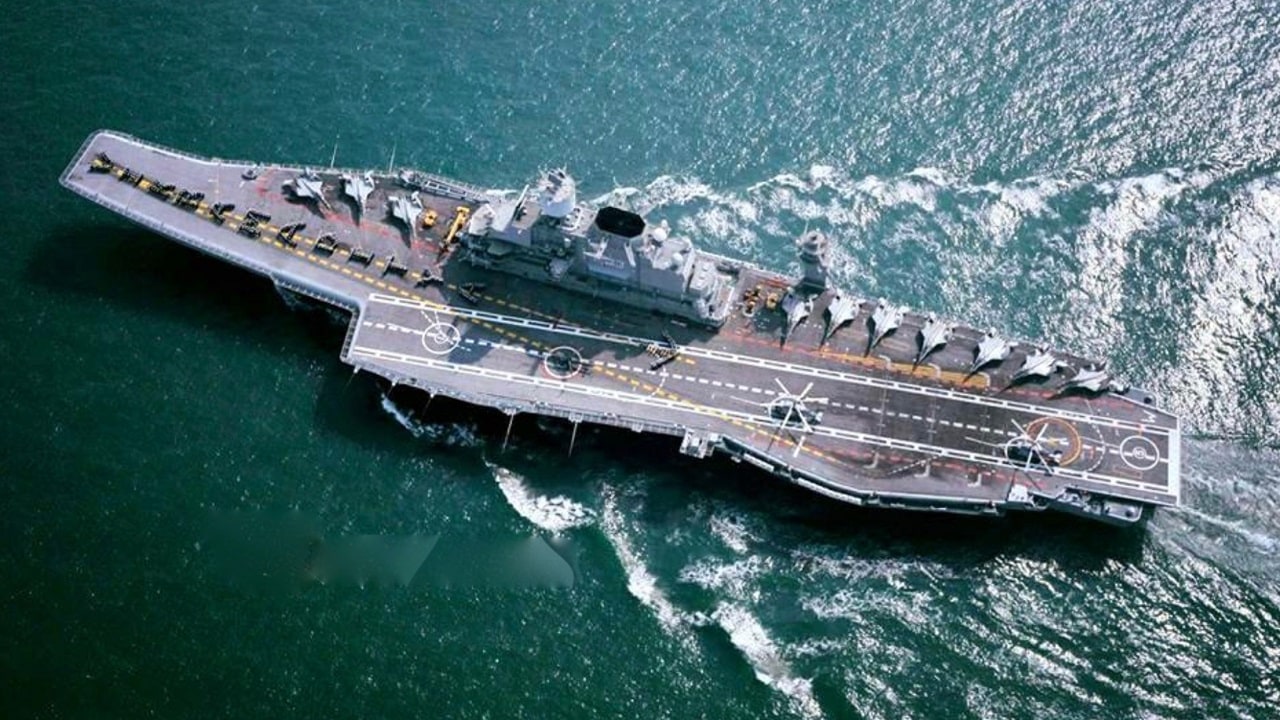In the coming decades, the world’s most significant geopolitical flashpoint may not be Ukraine, Kashmir, or the 38th Parallel. Instead, a narrow stretch of water—laconic, shallow, and light blue—has the potential to become the most consequential corner of the globe. The Strait of Malacca is where mounting tensions between India and China could fully ignite.
Strait of Malacca: Why It Matters
The strait, nestled between the Malay Peninsula and the Indonesian island of Sumatra, functions as the primary shipping channel between the Pacific and Indian oceans. In connecting all of Asia’s massive economies together, the strait serves as the world’s second busiest waterway (behind the English Channel).
Each year, more than 83,000 vessels traverse the narrow route. And every day, roughly 16 million barrels of oil flow through the strait. Accordingly, the Strait of Malacca is a crucial chokepoint, dictating control of the entire Asian sphere.
Asia’s two biggest economies, India and China, are mortal adversaries. Centuries of border disputes and economic nationalism have tainted Sino-Indian relations. Not too long ago, the two countries engaged in a series of border disputes over Ladakh.
In one such incident, indicative of the extreme vitriol between the countries, Indian and Chinese troops fought to the death, in the dark, for six hours—using stones, rods, and clubs embedded with nails. Perhaps the only thing that has so far prevented a full-scale conflict between the world’s two most populous nations is the impenetrable Himalayan mountain range, serving as a natural buffer.
Globally Rivalries
Now however, as India and China compete to become global players, both nations are setting their sights seaward, where no natural buffer exists to prevent open conflict. The Strait of Malacca is where the two nations will collide.
Historically, India has enjoyed a natural, strategic advantage over China in the Strait of Malacca. With naval bases nearby in the Andaman and Nicobar Islands, India has had the ability to pinch off Chinese use of the strait. China, who imports most of its massive influx of oil through the strait, has a strong incentive to wrest control of the strait from India. Ongoing Chinese naval production indeed suggests a growing ambition to dominate nearby waterways.
China is currently engaged in what may be the world’s largest ever shipbuilding spree. Chinese President Xi Jinping is racing to rival the US Navy.
And recently, the People’s Liberation Army Navy (PLAN) surpassed the Americans, at least with respect to quantity; China now boasts the world’s largest naval force. Today, the PLAN has 360 ships—a 300% increase over the last two decades. With this massive, newly built naval capacity, China can project power throughout the Asian region—to the detriment of India.
Feeling the pressure of Chinese naval expansion, India is fighting to reciprocate. Although unlikely to match China, India has built one of the world’s largest and most powerful navies. Currently, the Indian Navy has 43 vessels under construction—all part of a decade-long plan to create a 200 ship Navy.
India’s fervent ship building indicates an ambition to project power far from the shores of the subcontinent. India’s outward ambitions will directly conflict with China’s outward ambitions.
The place where these incompatible ambitions, and shining-new navies, will first collide: The Strait of Malacca.
Sino-Indian hostilities over the strait would prompt an international response. In all likelihood, the conflict would become a cosmopolitan affair. America, eager to contain China, would support Indian efforts to do the same.
Russia, eager to counter American global influence—and closer with Xi than ever—would support China.
Indeed, the narrow waterway separating the Pacific Ocean from the Indian Ocean has the potential to spark a global conflagration featuring the world’s most powerful nations.
Watch closely as the Strait of Malacca becomes the world’s most important geopolitical hotspot.
MORE: Ukraine Needs M1 Abrams Tanks Now (But Will Have to Wait)
MORE: Joe Biden Won’t Send F-16 Fighters to Ukraine
Harrison Kass is the Senior Editor at 19FortyFive. An attorney, pilot, guitarist, and minor pro hockey player, he joined the US Air Force as a Pilot Trainee but was medically discharged. Harrison holds a BA from Lake Forest College, a JD from the University of Oregon, and an MA from New York University. He lives in Oregon and listens to Dokken.

